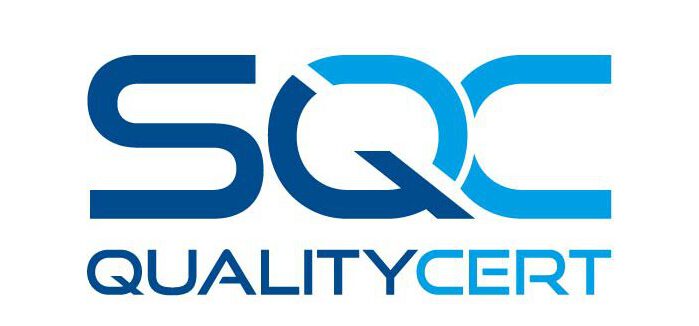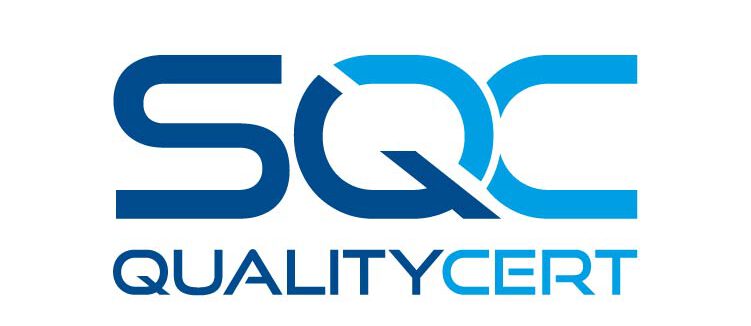
Which seals of approval are reputable? How we evaluate seals of approval
Many properties of goods, products or services remain hidden from the consumer and can only be assessed after a purchase. In order to get a better orientation in the run-up of the purchase decision, cachets are therefore offered as a decision support. In this way, seals of approval provide additional information for the consumer. This article shows how we evaluate seals of approval and what exactly the criteria are for our decision.
Companies that label their products with a seals of approval aim to have a certain effect on consumers. The focus is on changing their behavior so that they decide to buy the product. However, other interests in the employer seal can also increase, for example, in order to draw the attention of new applicants to a company.
Credibility as a decisive factor
Haenraets et al. explain in their article on the impact relationships of quality seals that the credibility of the source as perceived by consumers has a decisive influence on the impact of a seals of approval. Thus, independence from the economic interests of the seal provider is also of particular importance. Credibility is based not only on the type of certifier (independent organization or state institution), but also on the reputation and name recognition of the seal provider.
Studies have shown that even unknown seals of approval can have a positive effect. Of special importance is the credibility / trustworthiness.
In 1975, Parkinson still assumed that well-known cachets in particular provide helpful support for consumers, whereas unknown cachets do not have such an effect. Numerous more recent studies, however, cannot confirm this. For example, Moussa and Touzani assume that the credibility of the source, as perceived subjectively by the consumer, is the decisive influencing factor of a cachet. Unknown brands also benefit significantly more from a cachet if they use one.
Influence of the legal form on the assessment
A study conducted by the market research company Splendid Research investigated the influence of the legal form of a seal provider on consumer trust in a cachet. In the result it can be stated that in particular stately organizations, private test institutes without profit intention and state-supported federations, associations and foundations have a particularly high trustworthiness. The study results also show that the selling companies themselves and private test institutes with a profit motive are in last place in terms of consumer trust.
Legal requirements for a seal of approval
The german Bundesgerichtshof (Federal Court of Justice) in its decision with the file no: I ZR 161/18 of 04.07.2019 dealt with the term seals of approval. There, it was stated that a seal of approval is understood to mean that it was awarded by a neutral and competent third party after an examination based on objective and meaningful criteria.
Further information on the terms trustworthiness and credibility can also be found in our article at: https://www.sqc-cert.de/vertrauen-und-glaubwurdigkeit-in-der-unternehmenskommunikation/ the term cachet was explained to at https://www.sqc-cert.de/guetesiegel-was-ist-das/.
Sources:
Bundesgerichtshof (BGH): Entscheidung mit dem Aktenzeichen: I ZR 161/18 vom 04.07.2019 http://juris.bundesgerichtshof.de/cgi-bin/rechtsprechung/document.py?Gericht=bgh&Art=en&nr=102968&pos=0&anz=1 [abgefragt am 18.06.2022]).
DIQP Deutsches Institut für Qualitätsstandards und -prüfung e.V. (2022). Was ist ein Gütesiegel und wie wird es vergeben? Zugriff am: 02.09.2022. Verfügbar unter: https://www.diqp.eu/guetesiegel-erkennen/
Fotopoulos, C.; Athanasios, K.; (2003). Quality Labels ad a marketing advantage- The case of the “PDO Zagora” apples in the Greek market. In: European Journal of Marketing. 37 (10), S. 1350-1347.
Gierl, H.; Stich, A. (1999). Sicherheitswert und Vorhersagewert von Qualitätssignalen. In: Schmalenbachs Zeitschrift für betriebswirtschaftliche Forschung. 51 (5), S. 5—32.
Georg, J. H. (2019). Stromvertrieb im digitalen Wandel. Wiesbaden: Springer Verlag.
Gierl, H.; Winkler, S. (2000). Neue Gütezeichen als Qualitätssignale. Marketing ZFP 22 197-207.
Haenraets, U.; Ingewald, J., Haelhoff, V. (2012). Gütezeichen und ihre Wirkungsbeziehungen – ein Literaturüberblick. In: Der Markt. 51 (4), S. 147-163.
Hofmann, I. (2001). Verbraucherratgeber Lebensmittel. Niedernhausen: Falken Verlag.
Hogreve, J. (2006). Die Wirkung von Dienstleistungsgarantien auf das Konsumentenverhalten. Diss. Hagen 2006.
Moussa, S.: Touzani, M. (2008). The Perceived Credibility of Quality Labels: A Scale Validation with Refinement. Internation Journal of Consumer Studies. Zugriff am 18.06.2022. Verfügbar unter: https://www.researchgate.net/publication/229566029
Scharfenberg, O. (2022). Beurteilung von Qualitätssiegeln im Marketing aus Sicht von Konsumenten – Eine quantitative Erhebung von Beurteilungskriterien. Middlesex University, London.

